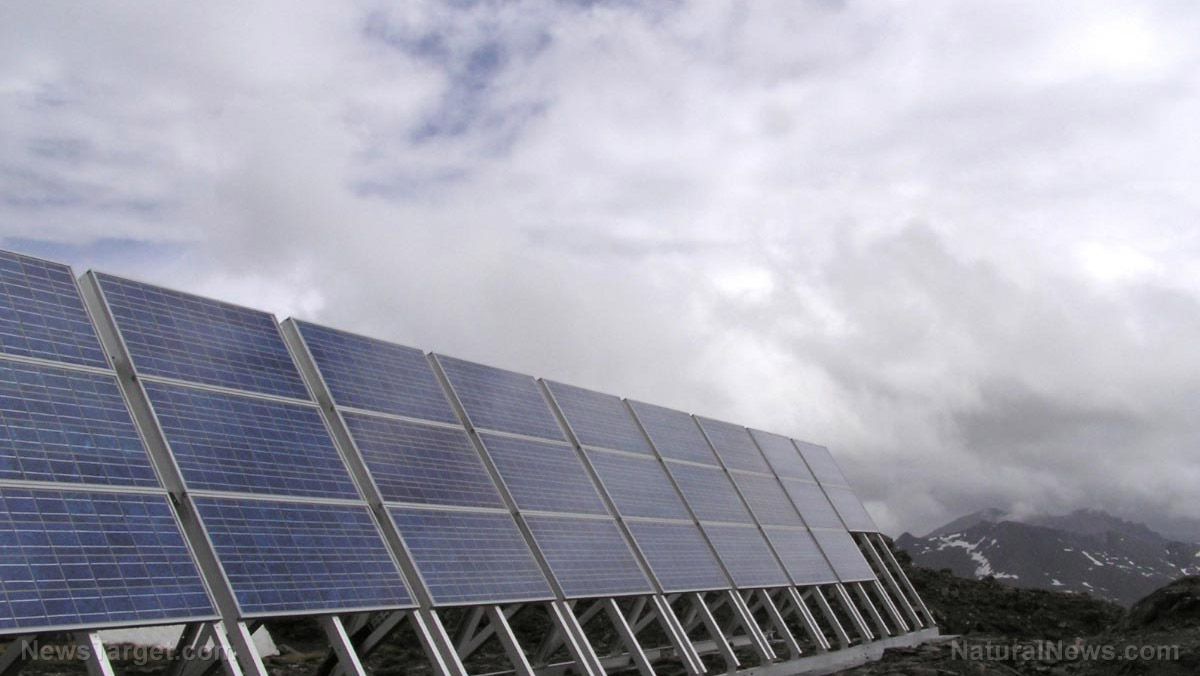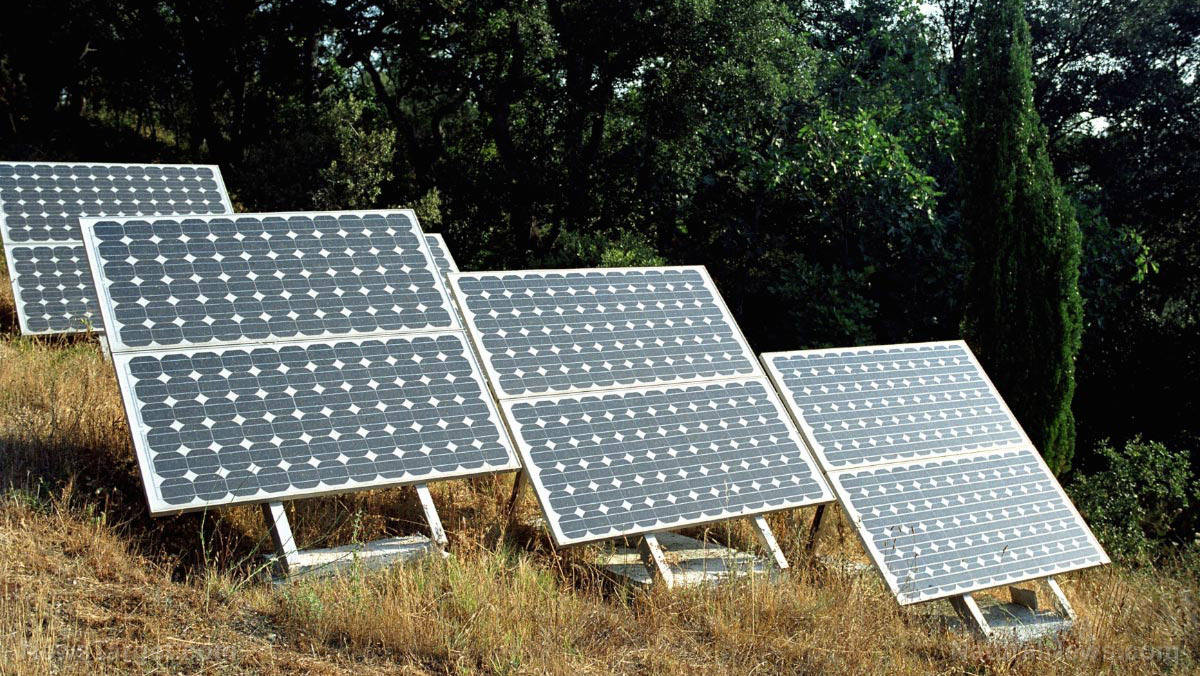Researchers develop new thermoelectric device that uses nighttime temperature to generate electricity
09/11/2020 / By Virgilio Marin

A recent study has developed a novel device that harnesses temperature differences at night to generate electricity.
Researchers from the University of California, Los Angeles and Stanford University teamed up to make an electricity generator that works during the cold, dark night. They came up with a thermoelectric device that was able to power an LED, operating without any direct heat input from the Sun.
The device serves as the perfect complement to solar panels, which generates electricity only through the Sun’s rays. Solar panels are effective generators of renewable energy, but they’re hampered by their dependence on the Sun.
“Remarkably, the device is able to generate electricity at night, when solar cells don’t work,” said co-author Aaswath Raman.
He noted that their device can be useful for regions that receive poor sunlight: “Beyond lighting, we believe this could be a broadly enabling approach to power generation suitable for remote locations, and anywhere where power generation at night is needed.”
The findings of the study are published in the journal Joule.
Nighttime electricity generator
The idea for the invention was based on a process called radiative cooling. It occurs when the ground’s surface radiates heat into the atmosphere and cools down. This process explains how frost forms on the grass even when air temperature is above freezing point. The researchers thought that the same principle can be applied to generate electricity.
They built a low-cost generator and placed it three feet aboveground in a rooftop. It was covered in aluminized Mylar to lessen thermal radiation and was protected with infrared wind cover. Inside these layers, the device draws heat from the air and sends it back into the atmosphere through a black emitter. The researchers connected the device to a voltage boost converter and lit up a white LED.
After calculating how much energy the device could provide over the course of six hours, they found that it can generate up to 25 milliwatts of energy per square meter. It’s much lower than the average solar cell, but the device works at night whereas solar cells cannot.
Furthermore, the device can easily be adapted for large-scale use as the materials used to build it are cheaper and can be purchased off the shelf. Though the team’s device can only generate a small amount of electricity per unit area, the researchers predict that it can be 20 times more powerful with an arid climate and with improved engineering. For example, enhanced versions will be able to suppress heat gain in the radiative cooling component to boost heat-exchange efficiency.
Raman thinks that the radiative cooler and solar cells make a perfect synergy: “We think this forms the basis of a complementary technology to solar. While the power output will always be substantially lower, it can operate at hours when solar cells cannot.”
Scientists develop anti-solar panels
Another team of researchers from the University of California, Davis and the University of Maryland is developing a nighttime electricity generator that similarly applies the physics of radiative cooling.
They dub their invention the “anti-solar panel” due to how it operates in a manner opposite to solar panels. Both devices utilize two temperature bodies – one that’s hot and one that’s cold. But in the team’s anti-solar panel, the hot body is Earth and the cold body is space, whereas the opposite is true for solar cells. Then, the novel device picks up the heat coming from the surface and converts it into energy.
The researchers are currently working on prototype models to see how well their concept works. If all goes well, Earth can benefit from 24 hours of renewable energy generated by thermoelectric generators.
Learn more about nighttime electricity generators at SolarPanels.news.
Sources include:
Tagged Under: anti-solar panel, cool science, electricity, invention, power, radiative cooling, renewable energy, solar cells, solar panels, technology
RECENT NEWS & ARTICLES
COPYRIGHT © 2017 FUTURETECH.NEWS
All content posted on this site is protected under Free Speech. FutureTech.news is not responsible for content written by contributing authors. The information on this site is provided for educational and entertainment purposes only. It is not intended as a substitute for professional advice of any kind. FutureTech.news assumes no responsibility for the use or misuse of this material. All trademarks, registered trademarks and service marks mentioned on this site are the property of their respective owners.




















